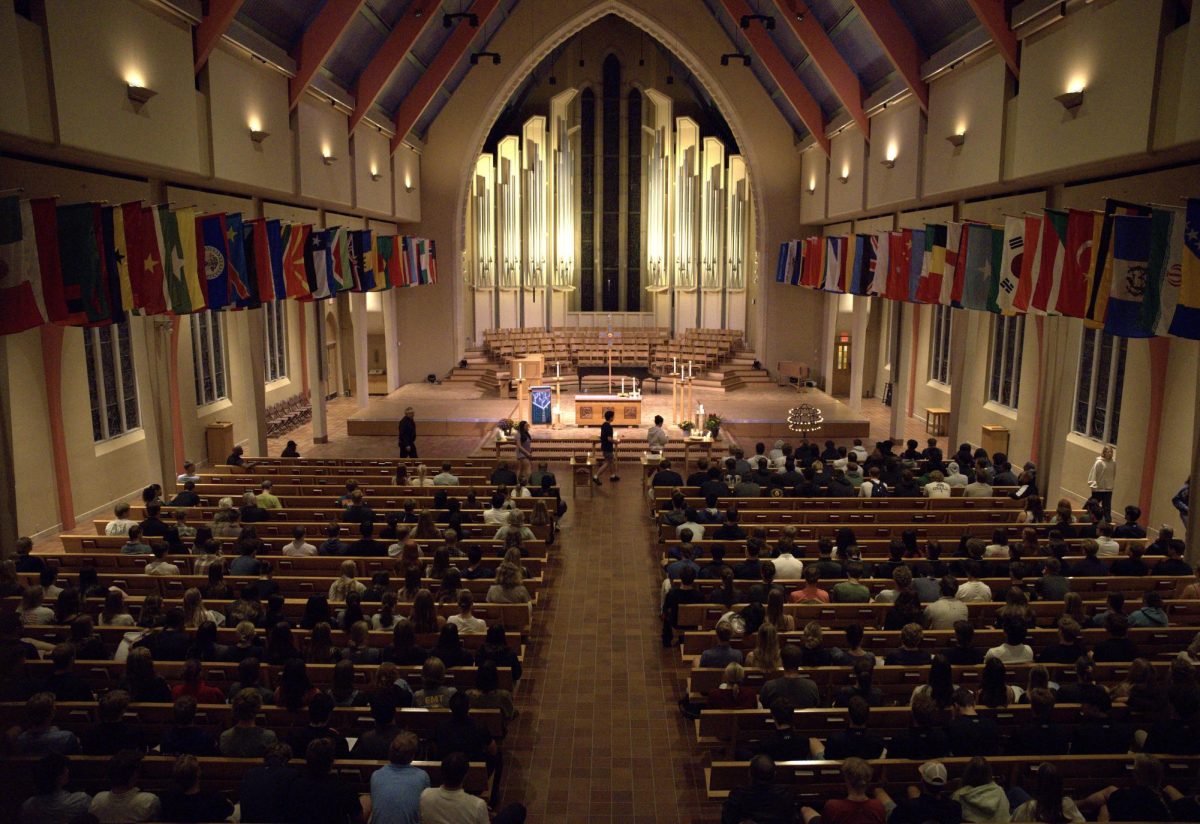Even as many St. Olaf students talk about the “St. Olaf bubble,” a label for the college’s apparent insulation from the rest of the world, the institution itself is often impacted by the important issues facing the rest of the nation. Currently, St. Olaf is working to address hate speech and graffiti on campus and sexual assault and misconduct while fostering an environment in which all voices are heard and valued. How the college has dealt with these concerns has sometimes been a subject of immense controversy, drawing state and nationwide press and scrutiny. However, some issues affect St. Olaf in ways that are difficult or impossible for students to see.
As debate continues across the United States on the merits, nuances and challenges of free higher education, the price tag at private liberal arts colleges like St. Olaf continues to rise. The total comprehensive fee per student, including the cost of tuition, room and board, was $52,730 for the fiscal year 2016, up one percent from the previous year. This year, the price of tuition at St. Olaf is projected to increase four percent according to Vice President and Chief Financial Officer Janet Hanson.
The rise in tuition costs is only part of the college’s financial landscape. While some students might attribute the price increase to St. Olaf’s capital investments and improvements, such as a new ice rink or a renovated Holland Hall, the real causes are more nuanced.
“The Holland Hall [renovation] budget isn’t part of our operating budget. That project is funded from a different pool of money,” Hanson explained. “The one area that we’re seeing significant increases in – and this is happening across the U.S. – is the increase in health insurance costs.” The cost of insuring St. Olaf employees has risen by almost 10 percent over the last year, and Hanson anticipates an even greater increase this fiscal year. Overall, the human component of St. Olaf – salaries and benefits for its faculty and staff – constitutes almost 60 percent of the total budget, and the college is busy strategizing how best to generate revenue and mitigate expenses without negatively impacting student life on the Hill.
Even as the Board of Regents expresses concern that expenditures have outpaced revenues, Hanson explained, the Financial Office operates under the mindset that the student experience is the top priority.
“The premise in all of this is that we maintain the student experience,” Hanson said. “It’s our primary focus and there are things that we can do that won’t impact that experience. Even with tuition going up four percent we’ve found that our discount rate is probably growing at a faster rate than any of our other expenditures.” Cost savings can be found in a variety of places, such as the utilities bill after a mild winter, faculty and staff retirements, travel and meals. But even with these savings, the college faces a complex financial future.
Normally, St. Olaf allocates between $1.5 million – $2 million for contingency. These funds can be used to pay expenses the college might not be able to plan for during the fiscal year. However, for this year, as part of the balanced budget, only $550,000 could be set aside for contingency. These funds were quickly depleted by a $700,000 faculty accrual accounting error along with legal expenses. To make matters worse, despite a strong incoming first-year class, the college saw less revenue than it had anticipated from private grants and gifts.
Despite the combination of circumstances that led to this less-than-optimal financial situation, Hanson offered a cautiously optimistic prognosis.
“The term ‘budget shortfall’ is somewhat misleading because we have taken measures to address that,” she said. “Any given fiscal year you’re going to have those budget variances and you watch them. When you find out about them you take steps to mitigate them.”


